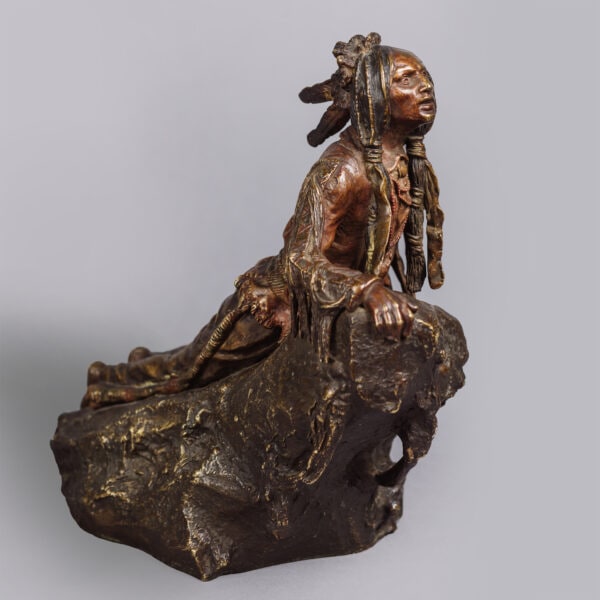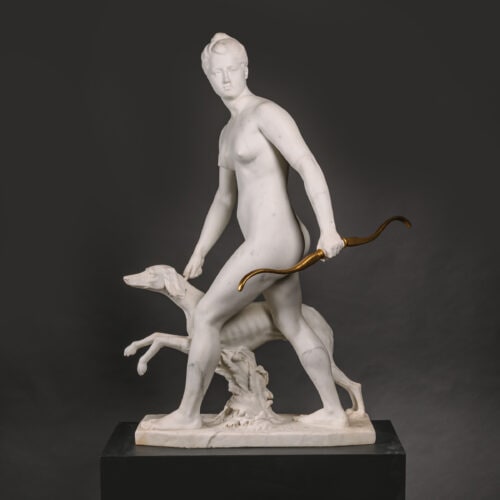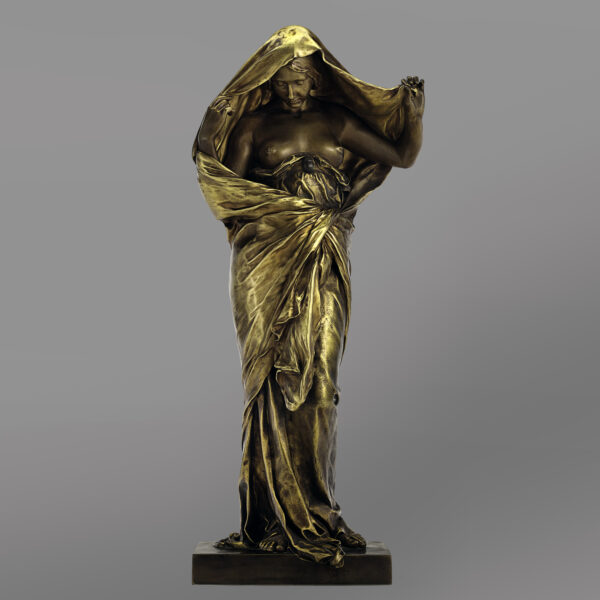Artur Kaan (Austrian, 1867 - 1940)
A Bronze Bust Of A ‘Boy With A Turban’
£13,000
Artur Kaan (Austrian, 1867 - 1940) - A Bronze Bust Of A 'Boy With A Turban'. Bronze with a rich mid-brown patina. Signed ‘Kaan’ to the base and...
Dimensions
Height: 34 cm (14 in)Width: 13 cm (6 in)
Depth: 16 cm (7 in)
Description
Artur Kaan (Austrian, 1867 – 1940) – A Bronze Bust Of A ‘Boy With A Turban’.
Bronze with a rich mid-brown patina.
Signed ‘Kaan’ to the base and numbered 131/105.’. This statue is part of a limited edition attributed to the Argentor Wien foundry.
This charming bronze bust is sculpted as a young boy wearing a turban raised on a shaped black granite base.
Austrian, Circa 1905.
Date
Circa 1905
Origin
Austria
Medium
Patinated Bronze
Signature
Signed "Kaan", and stamped "131/105".
Born in the southern Austrian city of Klagenfurt, on 24 February 1867, Artur Kaan was a cousin of the painter Julius von Kaan-Albest. He moved to Vienna in 1875 and studied under of the sculptor R. Zafouk from 1882-1886 and later enrolled at the Academy of Fine Arts (1886-1890) studying under Carl Kundmann and Edmund Hellmer Hellmer. He subsequently worked as a freelance artist becoming a became a member of the Wiener Künstlerhaus in 1896.
Kaan is best known for his memorial statues for Emperor Franz Joseph, the Mayor of Vienna Porzer, and the composer A.M. Storch. He also created many created many significant architectural and monumental sculptures, including memorials for Richard Flesch (Ober-St.-Veiter Friedhof, 1898), and Thomas Oberwalder (Zentralfriedhof, 1907). The statue of Pericles (1907) for Parliament, the Ferstel bust (1903) for the Technical University (herm figures to the front of the building), the frogs (1902) for the Tilgner fountain and “Daguerre” (1889), for the Ministry of Culture and Education. His specialty however was small scale sculptures and children’s busts often in the baroque style.
At the beginning of the First World War, Kaan was temporarily relieved of his duty to enlist due to work on the Kaiser Franz-Joseph-Stadtmuseum but was subsequently drafted into the 4th Infantry Regiment “Hoch- und Deutschmeister”. He asked to be admitted to the Imperial and Royal War Press Quarters, to which he belonged from July 3, 1917, until it was disbanded on September 15, 1918.
He died during the Second World War on June 9, 1940, after a long illness, in the 18th district of Vienna, at Schumanngasse 16.
Literature
Hülmbauer, Elisabeth (edit.): ‘Kunst des 19. Jahrhunderts. Bestandskatalog der Österreichischen Galerie des 19. Jahrhunderts’, Bd. 2: F–K, hrsg. v. d. Österreichischen Galerie Belvedere, Wien 1993, S. 198.
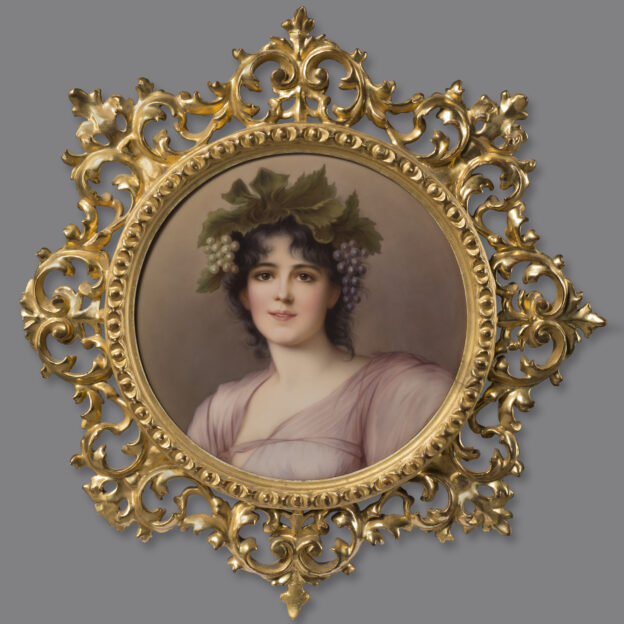




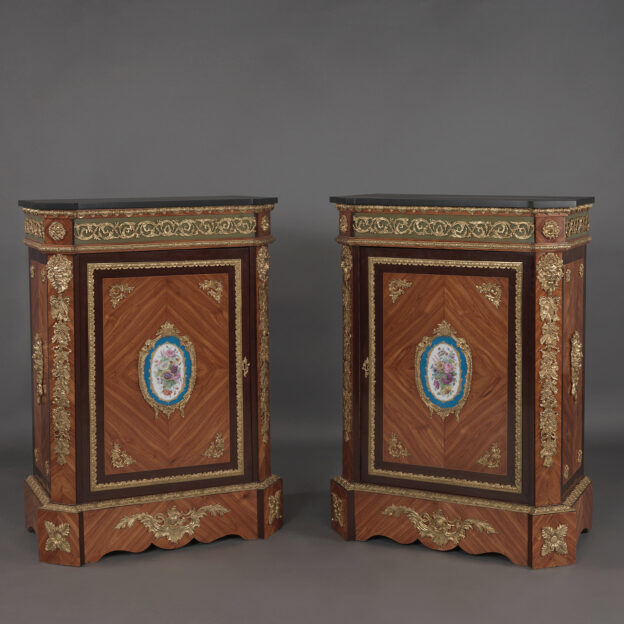
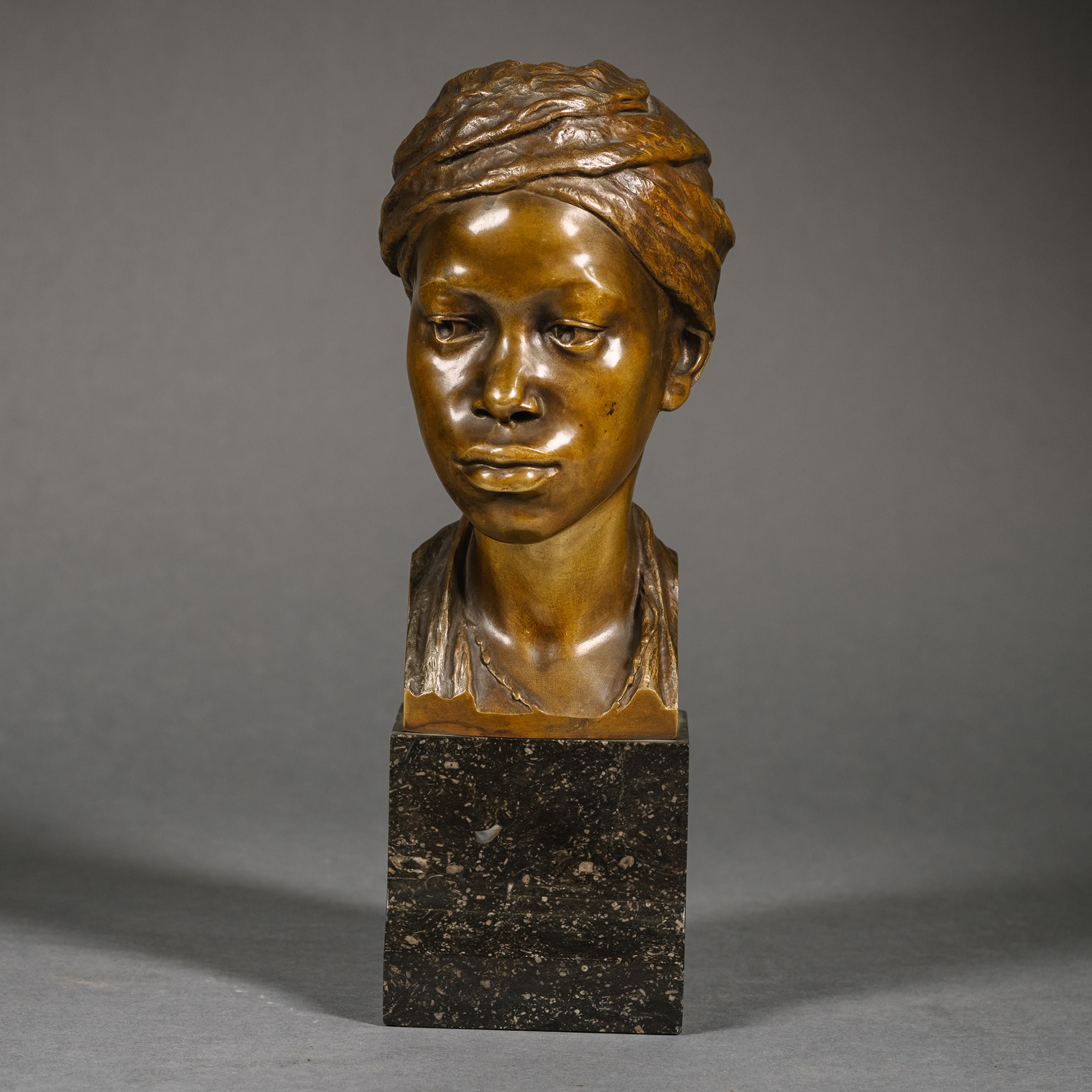
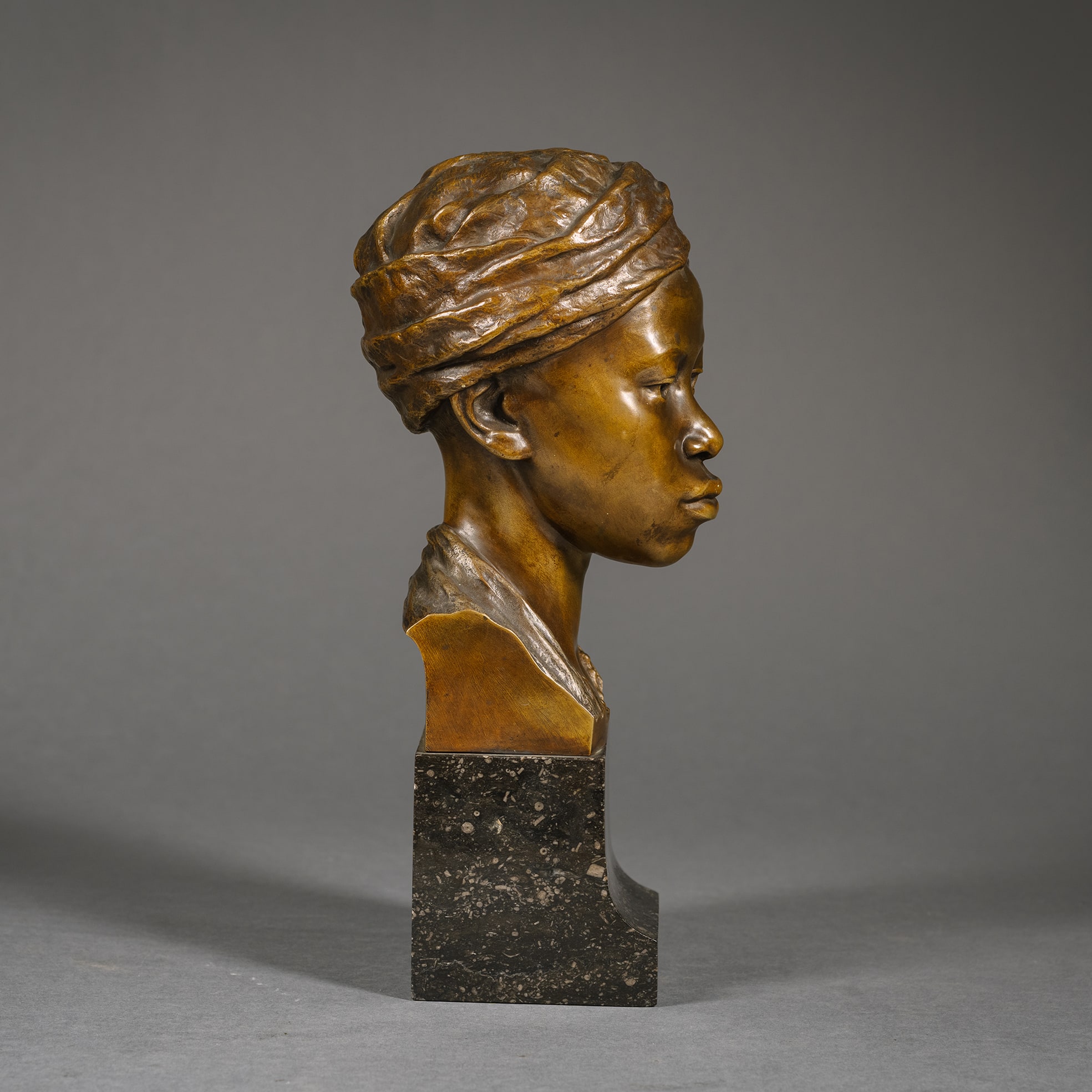
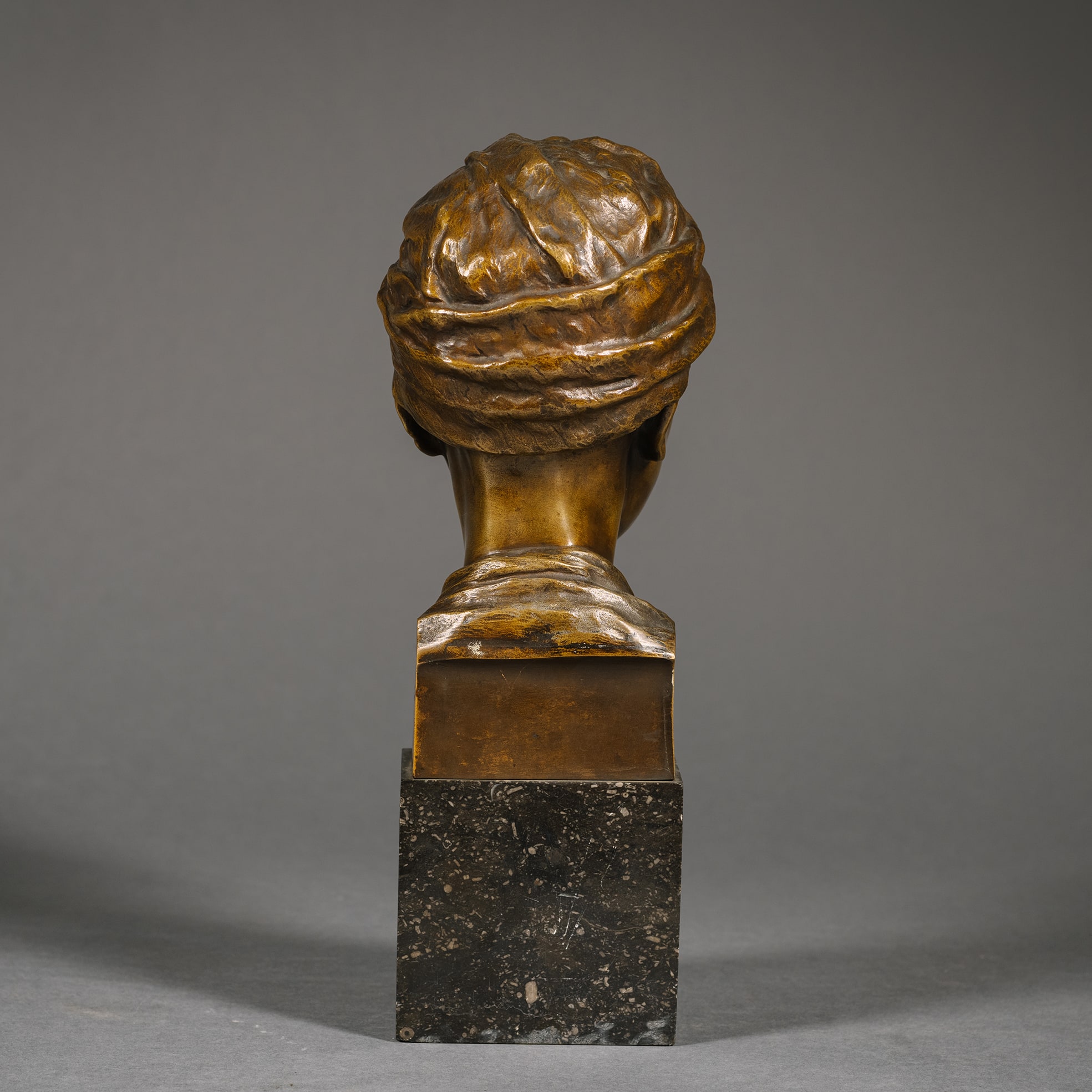
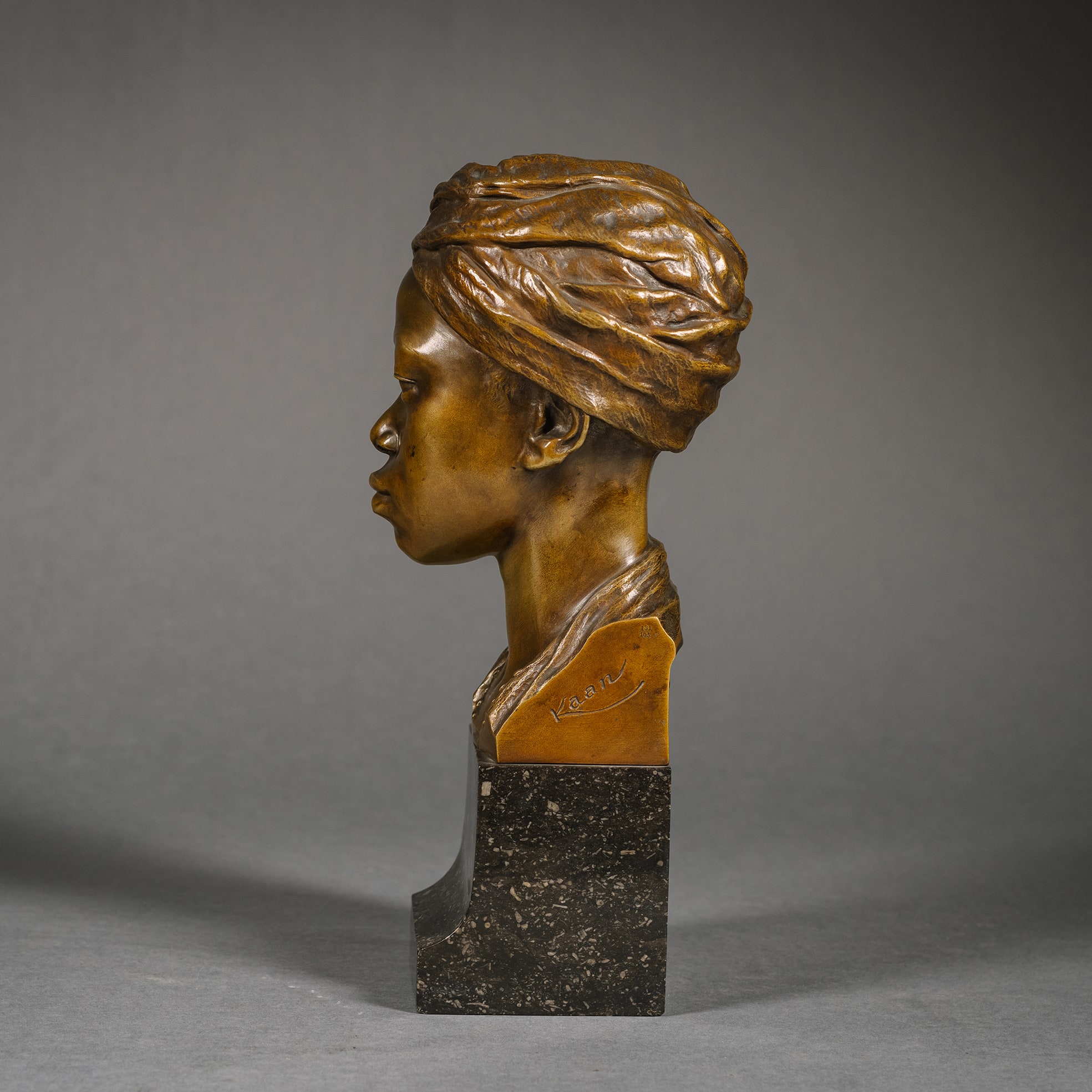
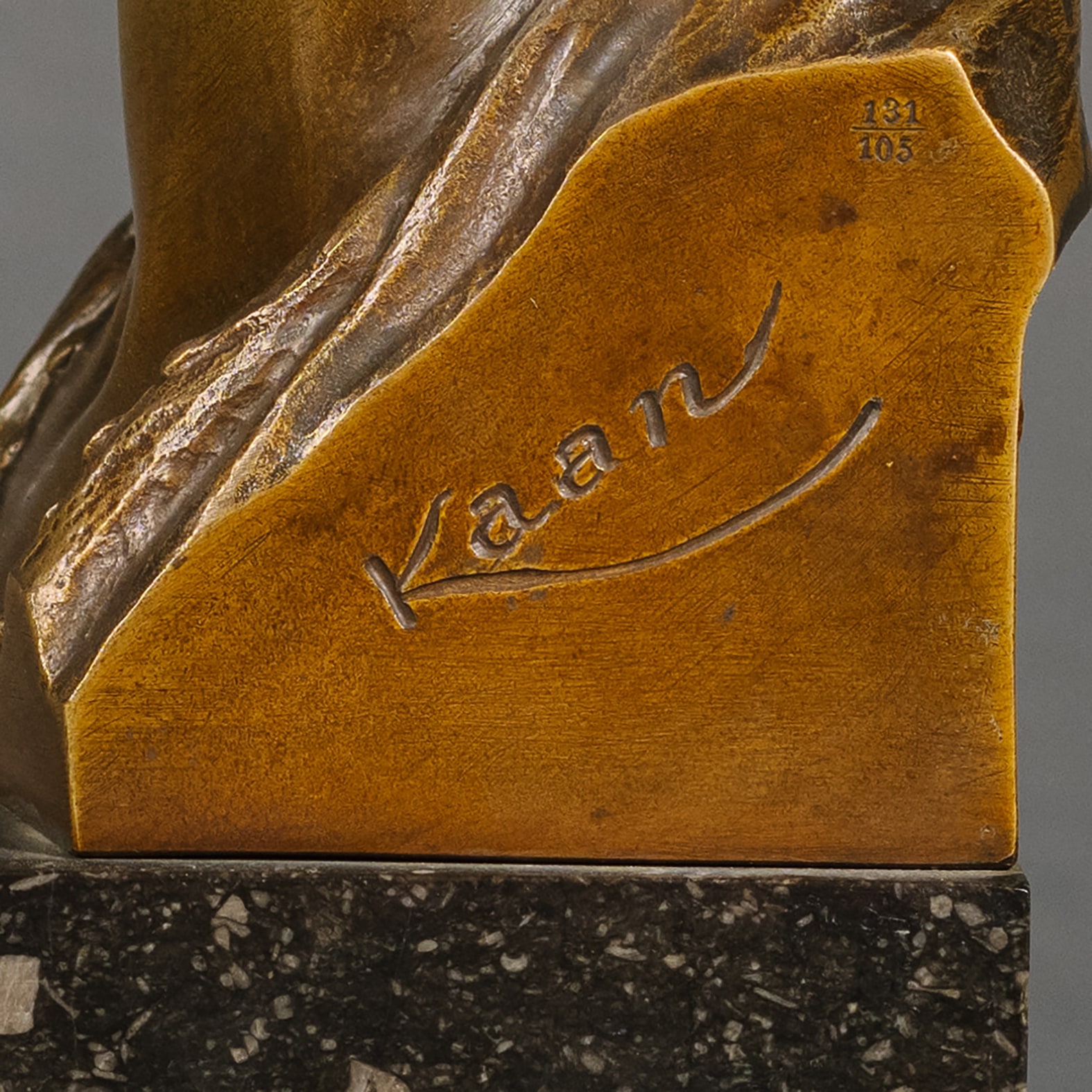
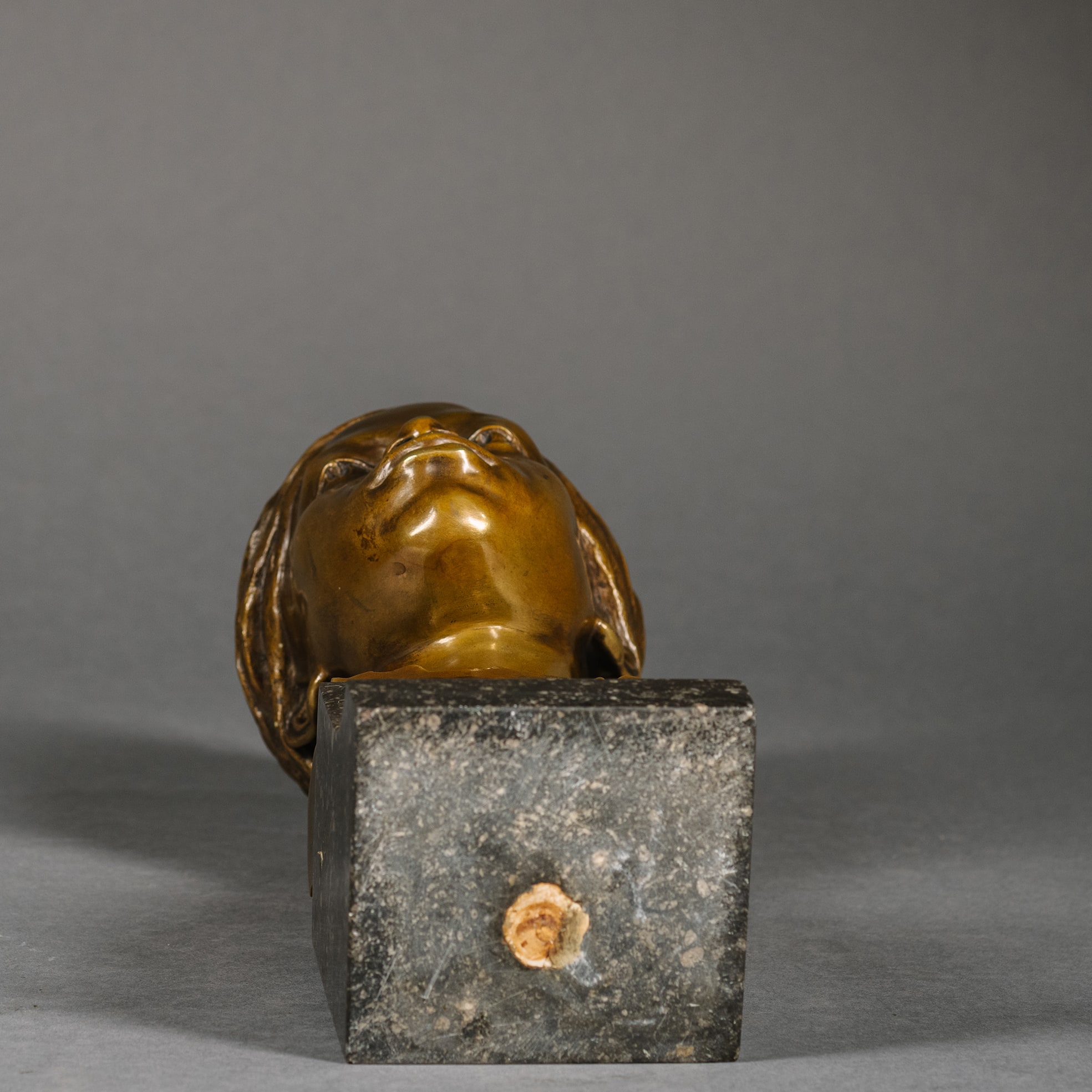

 Print
Print